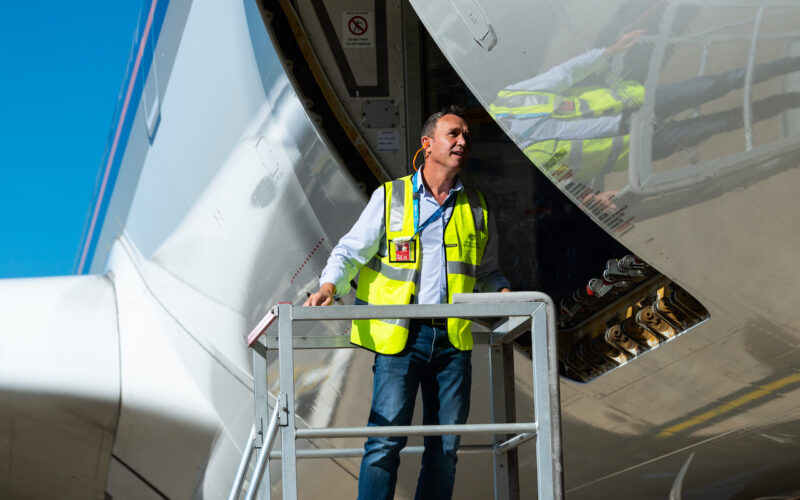As international flight bookings in Australia are finally increasing, the Civil Aviation Safety Authority (CASA) had quite a busy year ensuring that flights are meeting its safety standards.
While international airline capacity into Australia throughout 2022 remained down on pre-COVID levels, CASA’s international inspectors were still kept busy with the return of foreign operators after COVID restrictions were lifted. There were also several new entrants, such as Bonza and Bamboo Airways.
In a press email sent December 20, 2022, CASA said that a specialized team carried out more than 120 aircraft from 53 foreign operators this year to ensure they meet Australian and international safety standards.
Ramp checks: unannounced, random inspections
The team conducted random inspections known as ramp checks on 26 different aircraft types from 27 countries as international travel picked up during the year.
Unannounced ramp inspections are part of CASA’s systems and involve checks of aircraft, airline crew and documentation to ensure they meet the required standards.
“We conduct ramp inspections on foreign operators deploying throughout Australia to ensure they meet the international standards and subsequently the traveling public can be confident the airlines they travel on are safe,” CASA international operations manager Grant Hamilton said in the emailed statement.
“And it’s been a good year in terms of safety compliance. The airlines are doing what they said they would do and what they told us they were doing,” Hamilton concluded
How are CASA’s aircraft inspections carried out?
CASA’s International Operations team employs five inspectors who conduct aircraft checks at major airports such as Sydney Kingsford Smith International Airport (SYD), Melbourne Tullamarine Airport (MEL), Perth Airport (PER) and Brisbane Airport (BNE), and smaller airports that also have international flight operations such as the Gold Coast Airport (OOL), Cairns Airport (CNS), Darwin International Airport (DRW) and Canberra Airport (CBR).
While the aircraft is on the ground, two to three inspectors interview the incoming flight and cabin crew, as well as the engineers involved in the operation.
Their inspection includes an examination of aircraft, flight and cabin crew documentation. The team also looks out for fluid leaks, check door seals and wear on equipment such as brakes and tyres.
A cabin safety check ranges from safety cards to crew seating, seat belts and the pressure in escape slides.
“We’re looking to make sure that nothing in the cabin is a potential safety hazard, even down to loose carpet that may impede a safe evacuation,” CASA international safety inspector Allison Ingham said.
What happens after CASA’s aircraft inspections?
The inspections are part of a global system involving 51 countries and coordinated by the European Union Aviation Safety Agency (EASA).
An average of 14,000 inspections are conducted globally every year in this program using a standardized checklist.
Safety information is shared between participating states and inspection results are entered into a centralized database. There is no pass or fail in a ramp check, but operators must meet International Civil Aviation Organization (ICAO) standards.
What happens to operators who fail CASA’s safety standards?
According to CASA, operators who consistently fail to meet standards can ultimately be placed on the European Union’s Air Safety List and banned from flying to the EU.
CASA international operations manager Grant Hamilton said any findings were rated according to three categories, with the first aimed at raising awareness of an issue that could impact safety at some point.
“Category two is a bit more serious where we will advise their national regulator that we have concerns with this operator,’ Hamilton said.
“With a category three finding, we can potentially ground the aircraft or restrict its operations in some way on their flight out of Australia,” Hamilton added.

